Lets GO!
Why You Need to Try GO
Go is a fast, lightweight, and statically typed compiled language that’s perfect for building efficient, reliable applications. Its simplicity and clean syntax make it easy to learn and use, especially for newbies. Go’s standout features include built-in concurrency with goroutines, a robust standard library, and powerful tools for code formatting, testing, and dependency management. Dive in and discover why Go could become your new favorite language!
In this blog, we will explore why you should definitely give Go a try.
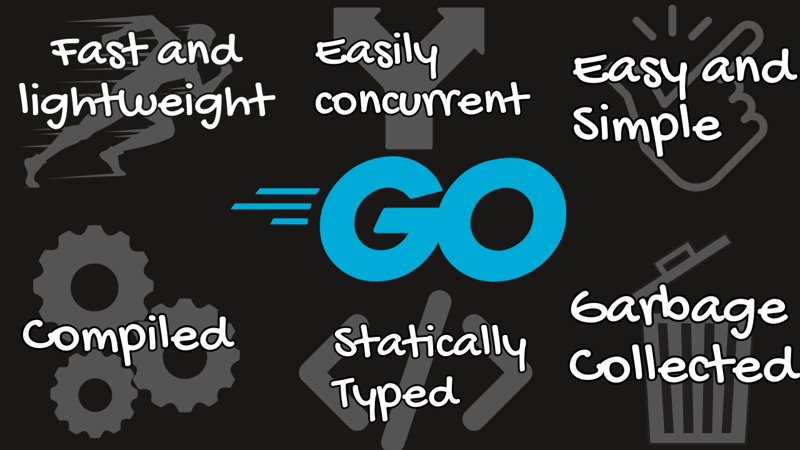
1. Go is Amazingly Fast and Lightweight
Go is a compiled language, making it faster than scripting languages like Python, JavaScript, and Ruby. It's also quicker than interpreted languages like Java and C#. While it may not be as fast as C or Rust, the trade-off in performance is often worth it because you avoid the complex memory management those languages require.

Go programs are lightweight, including only a small amount of extra code known as the Go Runtime, which handles garbage collection and memory management.
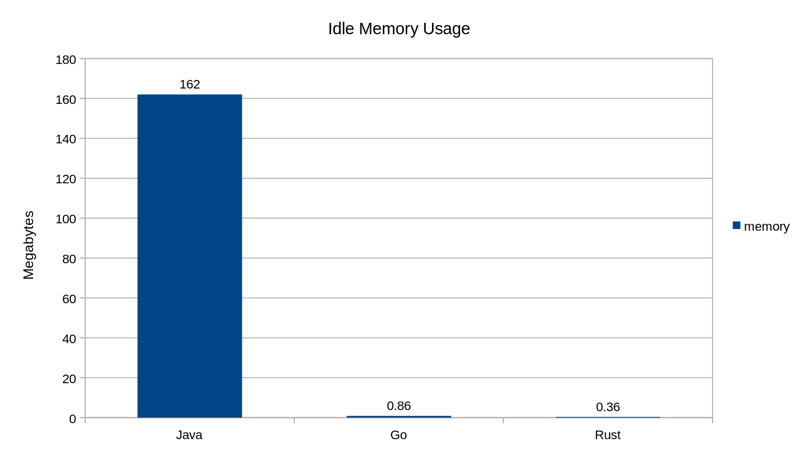
2. Strictly Typed with Type Inference
Go is a statically typed language, meaning types are checked at compile-time. It also supports type inference, allowing you to omit type declarations in many cases. This keeps your code clean and concise while maintaining type safety.
Strict types in Go:
var x int = 10 var y string = "Hello"
Type inference in Go:
x := 10 y := "Hello"
3. Go is a Garbage-Collected Language
Go allows you to dynamically allocate memory and work with pointers without worrying about manual memory management, thanks to its garbage collector that automatically frees up unused memory.
4. Concurrency
If you're used to JavaScript's asynchronous programming and think you know concurrency (asynchronous programming is not actually concurrency), Go will take it to the next level. Concurrency in Go involves multiple processes or threads running simultaneously, allowing parallel task execution to improve performance across multiple processors or cores. Read more about concurrency, parallelism, and asynchronous methods.

5. Mutex
Concurrency can lead to inconsistencies when processes access the same shared data simultaneously, often due to race conditions. Go addresses this with mutexes (mutual exclusions), a synchronization mechanism that ensures only one thread accesses a resource at a time.
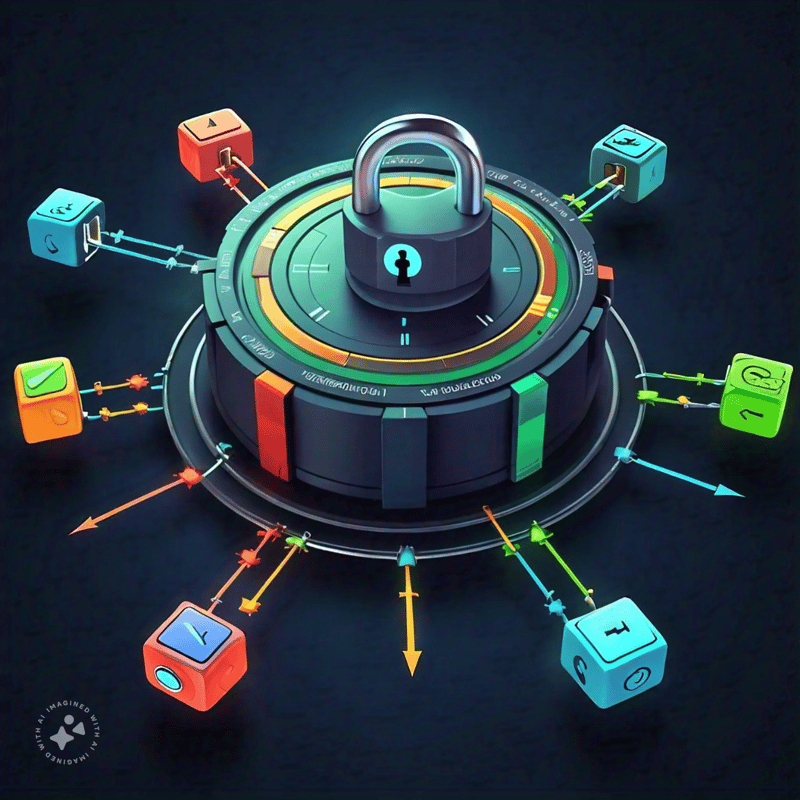
6. Golang is Open Source
Go is open source with a large and growing community, which means plenty of support and contributions from developers worldwide.

7. Simplicity is Key
Go's design philosophy is simplicity. Its clean syntax and minimalist features make it easy to read and understand, making it perfect for both new and experienced developers who prefer straightforward code without the clutter.
8. A Rich Standard Library
Go's standard library is packed with tools for common tasks, from building web servers to working with JSON, so you don't need to rely on third-party libraries for basic functionality.
9. Cross-Platform Compiling
Go allows you to compile code for different operating systems from a single codebase. It also creates static binaries, reducing the "but it works on my machine!" frustrations.

10. Growing Job Market
Go is used by industry giants like Google, Uber, and Docker, with startups also adopting it. Learning Go can be a great boost to your resume as demand for Go developers continues to rise.
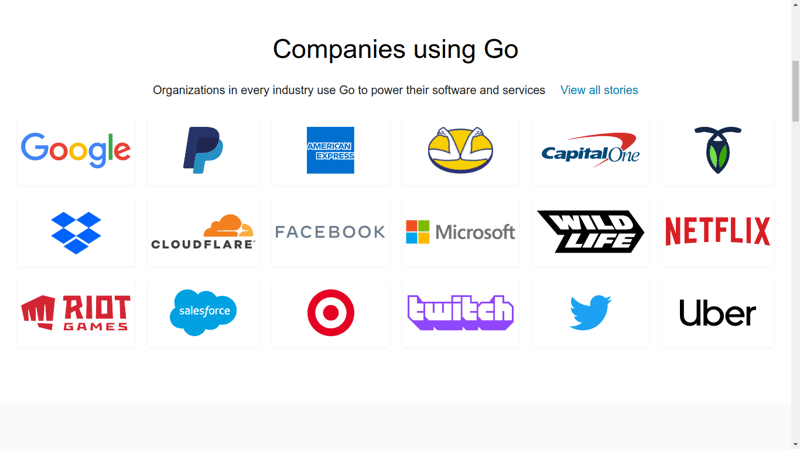
11. One of the best error handling
Go's error handling is explicit and clear. Instead of hidden exceptions, Go uses straightforward error checking, giving you control and transparency over your code. There is a proverb on go, 'Don't just check errors, handle them gracefully'.
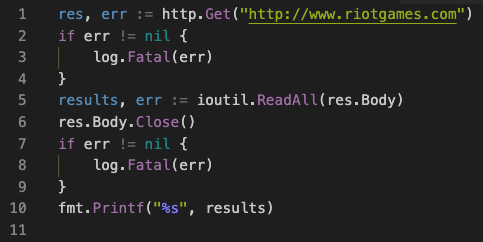
13. What you can buid using golang
- Web Servers
- CLI Tools
- Web Frameworks
- Databases
- Web APIs
- Web Crawlers
- Distributed Systems
Summary
Go is more than just a programming language—it's a gateway to writing efficient, reliable, and easy-to-understand code. Whether you're new to programming or a seasoned developer, Go's simplicity and powerful features make it a joy to work with. Its lightning-fast performance, built-in concurrency, and robust standard library let you build everything from web servers to microservices with ease.
The thriving community and growing demand for Go developers mean that learning Go isn't just a fun challenge—it's a smart career move. Plus, Go's clean syntax and straightforward error handling make it perfect for those who value clarity and maintainability in their code.
So why not give Go a try? Whether you're solving real-world problems or just exploring new tech, Go empowers you to do more with less—and have fun while you're at it. Dive in, and you might just find your new favorite language!
Make sure to like this post and follow me if you found it knowledgeful.
The above is the detailed content of Lets GO!. For more information, please follow other related articles on the PHP Chinese website!

Hot AI Tools

Undresser.AI Undress
AI-powered app for creating realistic nude photos

AI Clothes Remover
Online AI tool for removing clothes from photos.

Undress AI Tool
Undress images for free

Clothoff.io
AI clothes remover

Video Face Swap
Swap faces in any video effortlessly with our completely free AI face swap tool!

Hot Article

Hot Tools

Notepad++7.3.1
Easy-to-use and free code editor

SublimeText3 Chinese version
Chinese version, very easy to use

Zend Studio 13.0.1
Powerful PHP integrated development environment

Dreamweaver CS6
Visual web development tools

SublimeText3 Mac version
God-level code editing software (SublimeText3)

Hot Topics
 What are the vulnerabilities of Debian OpenSSL
Apr 02, 2025 am 07:30 AM
What are the vulnerabilities of Debian OpenSSL
Apr 02, 2025 am 07:30 AM
OpenSSL, as an open source library widely used in secure communications, provides encryption algorithms, keys and certificate management functions. However, there are some known security vulnerabilities in its historical version, some of which are extremely harmful. This article will focus on common vulnerabilities and response measures for OpenSSL in Debian systems. DebianOpenSSL known vulnerabilities: OpenSSL has experienced several serious vulnerabilities, such as: Heart Bleeding Vulnerability (CVE-2014-0160): This vulnerability affects OpenSSL 1.0.1 to 1.0.1f and 1.0.2 to 1.0.2 beta versions. An attacker can use this vulnerability to unauthorized read sensitive information on the server, including encryption keys, etc.
 Transforming from front-end to back-end development, is it more promising to learn Java or Golang?
Apr 02, 2025 am 09:12 AM
Transforming from front-end to back-end development, is it more promising to learn Java or Golang?
Apr 02, 2025 am 09:12 AM
Backend learning path: The exploration journey from front-end to back-end As a back-end beginner who transforms from front-end development, you already have the foundation of nodejs,...
 How to specify the database associated with the model in Beego ORM?
Apr 02, 2025 pm 03:54 PM
How to specify the database associated with the model in Beego ORM?
Apr 02, 2025 pm 03:54 PM
Under the BeegoORM framework, how to specify the database associated with the model? Many Beego projects require multiple databases to be operated simultaneously. When using Beego...
 What libraries are used for floating point number operations in Go?
Apr 02, 2025 pm 02:06 PM
What libraries are used for floating point number operations in Go?
Apr 02, 2025 pm 02:06 PM
The library used for floating-point number operation in Go language introduces how to ensure the accuracy is...
 What is the problem with Queue thread in Go's crawler Colly?
Apr 02, 2025 pm 02:09 PM
What is the problem with Queue thread in Go's crawler Colly?
Apr 02, 2025 pm 02:09 PM
Queue threading problem in Go crawler Colly explores the problem of using the Colly crawler library in Go language, developers often encounter problems with threads and request queues. �...
 How to solve the user_id type conversion problem when using Redis Stream to implement message queues in Go language?
Apr 02, 2025 pm 04:54 PM
How to solve the user_id type conversion problem when using Redis Stream to implement message queues in Go language?
Apr 02, 2025 pm 04:54 PM
The problem of using RedisStream to implement message queues in Go language is using Go language and Redis...
 In Go, why does printing strings with Println and string() functions have different effects?
Apr 02, 2025 pm 02:03 PM
In Go, why does printing strings with Println and string() functions have different effects?
Apr 02, 2025 pm 02:03 PM
The difference between string printing in Go language: The difference in the effect of using Println and string() functions is in Go...
 What should I do if the custom structure labels in GoLand are not displayed?
Apr 02, 2025 pm 05:09 PM
What should I do if the custom structure labels in GoLand are not displayed?
Apr 02, 2025 pm 05:09 PM
What should I do if the custom structure labels in GoLand are not displayed? When using GoLand for Go language development, many developers will encounter custom structure tags...






